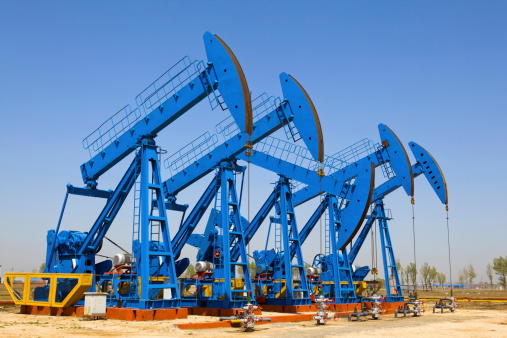
For the full year, Cabot posted adjusted EPS of $0.97 on revenues of $2.17 billion, compared with EPS of $0.71 and revenues of $1.75 billion in 2013. Analysts were looking for EPS of $0.96 on revenues of $2.1 billion.
Cabot took a $486.67 million non-cash impairment charge in the fourth quarter related to certain non-core fields, primarily in East Texas, as a result of a significant decline in commodity prices and Cabot’s decision not to pursue further activity in these areas in light of the current price environment. The write-down was partially offset by unrealized gains on derivatives, the sale of assets and a deferred tax benefit of $102.49 million.
Including the write-downs and other exclusions, Cabot posted a GAAP net loss of $0.54 per share in the quarter.
ALSO READ: Deutsche Bank Raises Price Targets on 4 Top Refiners
In 2014 the company produced 143.8 billion cubic feet of natural gas and 1.35 million barrels of liquids (crude oil, condensates and natural gas liquids). For the year, natural gas production totaled 508 billion cubic feet and liquids production totaled 3.96 million barrels.
Average realized prices for natural gas were $2.96 per thousand cubic feet in the quarter and $3.28 per thousand cubic feet for the year. The average realized prices for liquids came in at $72.35 per barrel for the quarter and $88.50 per barrel for the full year. All prices include the impact of derivative (hedging) settlements.
Looking ahead, Cabot has slashed its capital spending forecast for 2015 from a range of $1.53 billion to $1.6 billion to $900 million, based on average realized prices of $2.45 per thousand cubic feet for natural gas and $55 a barrel for crude oil. About 80% will be directed at its Marcellus shale acreage and the rest at its Eagle Ford operations. Cabot expects 2015 production growth of 10% to 18%, including 50% to 60% growth in its liquids production. The company’s October growth forecast called for 20% to 30% production growth in 2015.
Cabot plans to cut its gas rig count in the Marcellus shale play from five to three by the end of the second quarter of 2015. The cut is due to lower-than-expected prices for natural gas this winter, likely due to the warmer winter weather. Cabot expects to drill approximately 70 wells in the Marcellus shale at an average drilling and completion cost per well of $6.0 million to $6.5 million for an average lateral length of 5,300 feet.
In the Eagle Ford shale of south Texas, Cabot plans to cut its rig count from the current 3 to 1 by the end of June. Cabot expects to drill 45 wells in the Eagle Ford at a similar drilling and completion cost as the Marcellus wells but including 7,700 foot average laterals. Cabot’s liquids production from the Eagle Ford doubled in 2014.
ALSO READ: 5 Exploration Stocks That Will Survive Low Oil Prices
The moral of this story is that Cabot is planning to produce more and spend less in 2015 than it produced and spent in 2014, and Cabot joins most other independent producers in making this general forecast. CEO Dan Dinges said:
While Cabot is well-positioned to navigate through this commodity cycle due to our high-quality asset base and our strong financial position, we are not immune to the current market conditions and have adjusted our 2015 program accordingly to focus on managing the balance sheet, preserving capital and maximizing returns. With this revised plan we expect to deliver double-digit growth, maintain our operating efficiencies and meet our near-term drilling obligations, all while preserving the flexibility to call audibles throughout the year as we see fit. We are currently modeling another year of growth in 2016; however, the level of growth will ultimately depend on how 2015 progresses.
Cabot’s stock closed at $27.71 on Thursday and was inactive in Friday’s premarket. The stock’s 52-week range is $26.01 to $39.46. The consensus price target on the stock from Thomson Reuters is around $34.75.
Travel Cards Are Getting Too Good To Ignore (sponsored)
Credit card companies are pulling out all the stops, with the issuers are offering insane travel rewards and perks.
We’re talking huge sign-up bonuses, points on every purchase, and benefits like lounge access, travel credits, and free hotel nights. For travelers, these rewards can add up to thousands of dollars in flights, upgrades, and luxury experiences every year.
It’s like getting paid to travel — and it’s available to qualified borrowers who know where to look.
We’ve rounded up some of the best travel credit cards on the market. Click here to see the list. Don’t miss these offers — they won’t be this good forever.
Thank you for reading! Have some feedback for us?
Contact the 24/7 Wall St. editorial team.




